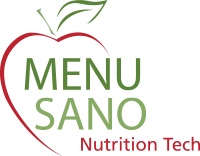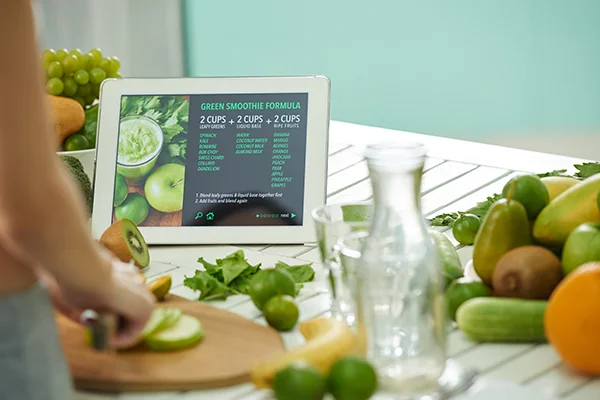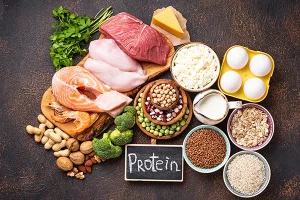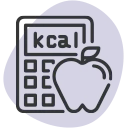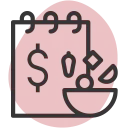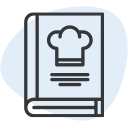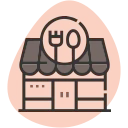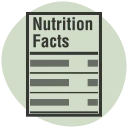Recipe management inefficiencies are among the most overlooked yet impactful causes of increased operational costs and food waste. Restaurants, food manufacturers, and catering services operate in environments where ingredient prices fluctuate, staff turnover is high, and supply chain disruptions are becoming more frequent. Without a solid, streamlined system in place, these variables can quickly lead to financial losses, inventory miscalculations, and waste that could have been avoided.
Over 1.3 billion tons of food are wasted each year globally along the entire food supply chain. This highlights the urgent need for more efficient recipe and inventory management practices across the industry.
Key Takeaways
- Smarter recipe management significantly reduces food waste and operational costs.
- Real-time data and automation improve portion control, inventory accuracy, and cost-per-serving tracking.
- Supply chain disruptions can be mitigated through adaptive recipe planning and ingredient substitution.
- Digital tools offer speed, convenience, and centralized control across multiple locations.
- MenuSano empowers food businesses with precise nutrition analysis, regulatory compliance, and cost-effective recipe optimization.
The Financial Impact of Food Waste on Businesses
Food waste isn’t just an environmental concern; it’s a financial one. According to studies, restaurants can lose up to 10% of their food purchases due to spoilage, overproduction, or improper portioning. When recipes are not standardized or adjusted based on real-time data, ingredients are overused, portions vary, and expiration dates are missed. These issues silently erode profit margins.
Moreover, improper recipe management often results in frequent emergency purchases at premium prices or even rushed deliveries with high logistical costs. All of this negatively impacts the bottom line. More innovative recipe management ensures that every gram of ingredient is used effectively, driving profitability.
Smart Recipe Management: The Key to Controlling Costs
More innovative recipe management involves more than just storing a list of ingredients. It includes dynamic recipe scaling, real-time nutritional calculations, cost-per-portion tracking, and inventory integration. When recipes are connected to inventory levels, purchasing decisions become proactive rather than reactive.
For example, suppose a chef plans a menu for the week. In that case, the software can automatically calculate total ingredient requirements, compare them with current stock, and create a purchase order only for what’s needed. This drastically reduces the chances of overordering or underordering, both costly mistakes.
MenuSano’s nutrition analysis software helps food businesses scale recipes accurately, calculate nutrition values instantly, and determine precise cost-per-recipe. By centralizing these tasks in one platform, MenuSano empowers teams to minimize waste, optimize margins, and make real-time data-driven decisions.
Supply Chain Vulnerabilities in a Volatile Global Market
Trade wars and geopolitical tensions have severely impacted the food supply chain recently. Fluctuating tariffs, import/export restrictions, and political instability are leading to sudden price hikes and ingredient shortages. Businesses without an agile recipe management system struggle to cope with these rapid changes.
With more innovative recipe management, food businesses can adapt recipes in real-time based on available ingredients and market conditions. This flexibility allows them to maintain menu consistency while avoiding expensive substitutions or emergency sourcing. A robust system helps identify local alternatives to imported items, contributing to cost savings and sustainability.
Speed and Convenience with Digital Recipe Management
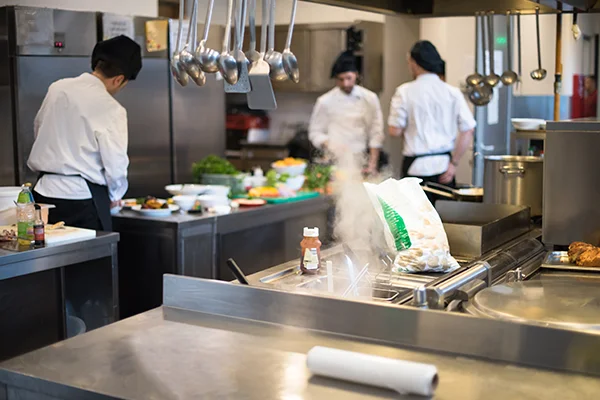
One of the most valuable benefits of using recipe management software is the speed and convenience it offers. Manual recipe calculations, handwritten inventory notes, and guesswork are replaced with real-time, digital precision. Teams can collaborate remotely, access standardized recipes across multiple locations, and instantly update costings and nutritional information when an ingredient changes.
For food service businesses operating on tight schedules, the time saved through automation can be redirected to improving service quality, staff training, and menu innovation. Furthermore, cloud-based systems ensure data is secure, accessible, and easily scalable as the business grows.
Sustainability Through Smarter Portion Control and Inventory Use
Beyond cost savings, smarter recipe management contributes directly to sustainability efforts. Food businesses can minimize spoilage by precisely measuring ingredients and scaling recipes according to actual demand. Additionally, automated inventory updates mean fewer duplicate orders and more accurate forecasting, which enhances shelf-life utilization.
Restaurants and food manufacturers adopting these practices are better positioned to meet growing consumer demand for eco-conscious operations. All the while benefiting from reduced disposal costs and improved efficiency.
How MenuSano Supports Smarter Recipe Management
MenuSano empowers food businesses to manage recipes with unparalleled precision and ease. Our nutrition analysis software calculates accurate nutritional profiles and helps companies to track the cost per recipe, adjust for ingredient availability, and maintain regulatory compliance across different regions.
Whether a small business running a single restaurant or a multi-location food production facility, MenuSano allows you to standardize recipes, reduce waste, and optimize ingredient usage without sacrificing flavour or consistency. MenuSano supports compliance with CFIA and FDA regulations, including front-of-package and supplement facts labels.
MenuSano integrates seamlessly with your workflows, especially with our new API, making it easier to keep up with the complex demands of the modern food industry. Our features are designed to simplify recipe adjustments, reduce manual errors, and increase profitability while maintaining transparency and traceability in your kitchen operations.
In a world where cost pressures and supply chain instability are increasing, smarter recipe management is not just a luxury; it’s a necessity. The ability to dynamically adapt, control portions, reduce waste, and make data-driven purchasing decisions can significantly improve a food business’s financial and environmental health.
By adopting advanced recipe management tools like MenuSano, businesses can improve operational efficiency, ensure regulatory compliance, and gain a strategic advantage to thrive in a competitive marketplace.
